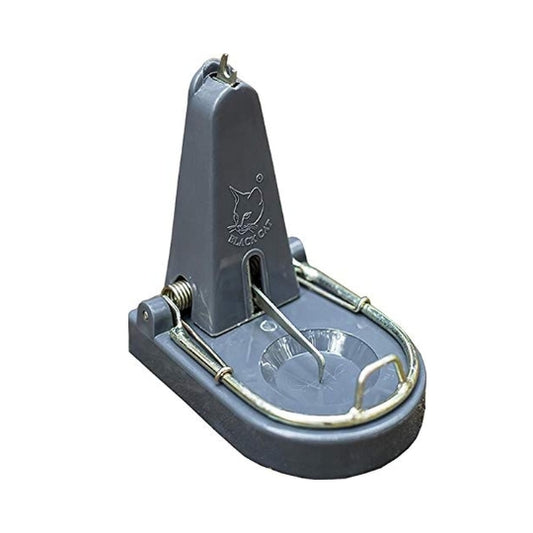Weed Management for Indian Smallholding Farmers
Share
Weeds are a major problem for Indian smallholder farmers. They can compete with crops for water, nutrients, and sunlight, and they can reduce crop yields by as much as 50%. In addition, weeds can harbor pests and diseases, and they can make it difficult to harvest crops.
There are a number of different methods that can be used to manage weeds in Indian smallholder farms. Some of these methods are:
- Cultural methods: These methods involve managing the environment to make it less favorable for weeds. For example, farmers can plant cover crops to suppress weed growth, or they can use crop rotation to reduce the build-up of weed seeds in the soil.
- Mechanical methods: These methods involve physically removing weeds from the field. For example, farmers can use hand tools such as hoes and shovels to remove weeds, or they can use tillage equipment to turn over the soil and bury weeds.
- Chemical methods: These methods involve using herbicides to kill weeds. However, chemical herbicides should be used with caution, as they can be harmful to the environment and to human health.
The best method for managing weeds in Indian smallholder farms will vary depending on the specific crop being grown, the type of weeds present, and the resources available to the farmer. However, some general principles that can be applied to all farms include:
- Preventing the introduction of new weeds: This can be done by carefully inspecting seed and planting material, and by cleaning equipment before moving it from one field to another.
- Managing the soil: This includes keeping the soil covered with crop residues or cover crops, and avoiding excessive tillage.
- Using crop rotation: This helps to reduce the build-up of weed seeds in the soil.
- Selecting the right crop variety: Some crop varieties are more competitive with weeds than others.
- Using herbicides judiciously: Herbicides should only be used when necessary, and they should be used in a way that minimizes their environmental impact.
By following these principles, Indian smallholder farmers can effectively manage weeds and improve their crop yields.
In addition to the above methods, here are some other tips for weed management in Indian smallholder farms:
- Use a hoe or hand-weeder to remove small weeds before they become established.
- Pull weeds when the soil is moist, so that they are easier to remove.
- Mulch around your crops to suppress weed growth.
- Plant cover crops to help control weeds and improve soil health.
- Rotate your crops to help prevent the buildup of weed seeds in the soil.
- Scout your fields regularly for weeds and take action as soon as you see them.
By following these tips, you can help to keep your fields weed-free and improve your crop yields.
Here are some resources that you can use to learn more about weed management:
- The Indian Council of Agricultural Research (ICAR) has a number of resources on weed management, including publications, fact sheets, and videos.
- The National Bureau of Plant Genetic Resources (NBPGR) has a database of weed species in India.
- The Central Weed Science Research Institute (CWSRI) has a website with information on weed management.
- The All India Coordinated Weed Research Project (AICWPR) has a website with information on weed management.















